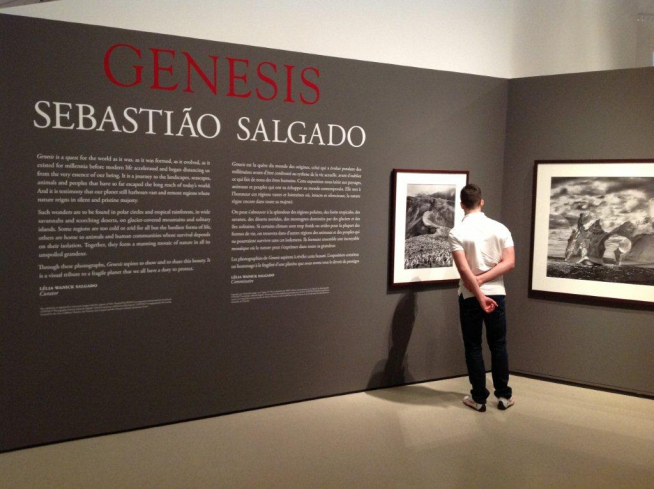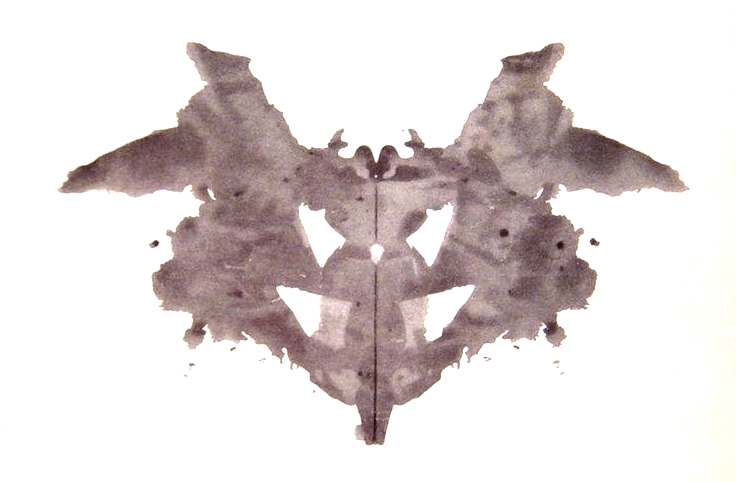Writing on Walls - conversation with Gallery Text Editor, Christine Caroppo

Ever been to an exhibition where there were no labels on the walls? I have. Usually these are art galleries and the experience of looking becomes a creative one for me rather than an informational one. I’ve enjoyed the freedom that brings, but mostly, I find myself wishing for just a little direction, a push for my over stimulated mind to begin its imagining.
In history museums, the idea of an exhibition without labels is absurd and maybe even a little bit offensive to the cultures and people that produced the objects on display. After all, these things are not merely aesthetic pieces made for only looking. They have reasons for being beyond aesthetics and it’s through understanding, researching and assessing these things that we unlock their true meaning and significance. The label text in museums helps us with this.
So where do these labels come from?
I was standing in the queue at the temporary cafeteria in the Rotunda here at the ROM on Tuesday when I met Christine Caroppo for the first time. We sat and had lunch together and besides a whole lot of ROM history and trivia, I learned that she is a Gallery Text Editor at the ROM. “Gallery Text is the text one reads associated with objects in a museum exhibition or gallery. It’s the labels corresponding to each object.” She clarifies, “This includes the introductory panels explaining the context of the gallery or exhibition and any other panels the curator would like to round out the visitor’s experience.”
We don’t usually think about how these labels come about. In my mind, they are this disembodied voice that sets a scene and relays some information. They just are. If I ever think about their origin, I imagine a disengaged curator sitting in a low-lit office conjuring them. But it takes a team of people to get these labels right. Christine works as a liaison “between the curator, project manager, registrar, conservator, designer, French translator, and publicist for the print and web content of the show. There are usually multiple iterations of the explanatory panels and labels in English before I send them to be translated by our French Translation Services department,” she says.
Taking the Rorschach for fun:
What do you see Christine? "I see the sacrum, ilia, and ischia bones of the pelvic girdle. (I was an archaeologist and bones are cool)". Hmmm, interesting.
The labels we see in the gallery are sleek and succinct and its difficult to imagine what content must be fact checked or corrected but as Christine tells me about her work I realise that there is quite a lot of information that might be incorrect if not checked properly. “I get the first draft of text from the curator and edit it, as necessary, for spelling, grammar, style, consistency, and length.” (There goes my conception of the curator alone in the low-lit office. But there’s more.) “I check accession numbers and credit lines for accuracy with the help of the Registration department. Sometimes, I do additional research to check facts. I also do the captions on images/photos if there are any included in the labels.”
When I ask her about her skills, Christine answers in her self-deprecating manner, “mind-numbing attention to detail, a firm grasp of English, a creaky but working knowledge of French, an encyclopaedic memory, a love of words, diplomacy, and the curiosity of a life-long learner. Skill at Trivial Pursuit is an asset.” I’m exhausted thinking about it.
Like most back-of-house staff Christine’s work is seen by many but she is mostly invisible to visitors. She’s worked on many exhibitions you may have seen but she also works on ‘rotations’. “Rotations are what we call the removal of an object from display and replacement by another object.” Objects that are sensitive to light, for example, paper, textiles, and organic objects cannot remain on display for long periods of time and must regularly be returned to dark storage in order to preserve them. “Every time we do that, a new descriptive label (at the least) must be generated.”
When I ask her about the strangest thing she has seen behind-the-scenes at the ROM, she tells me she doesn’t think of the back-of-house as weird but rather very cool and she delivers the final piece in a huge arsenal of ROM trivia given to me, “the coolest things I’ve seen were the old steam tunnels that connect the basement of the ROM to the University of Toronto and to the Ontario Provincial Government buildings. They were spooky and seemingly went on for kilometres: being in them always felt like I was in a horror-thriller movie.”
A comma here, a period there, it all adds up. You can see Christine’s work in the current exhibitions, BIG, Viktor&Rolf DOLLS and GENESIS.

